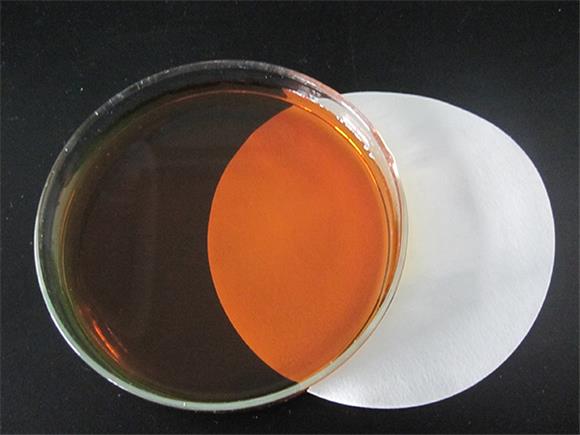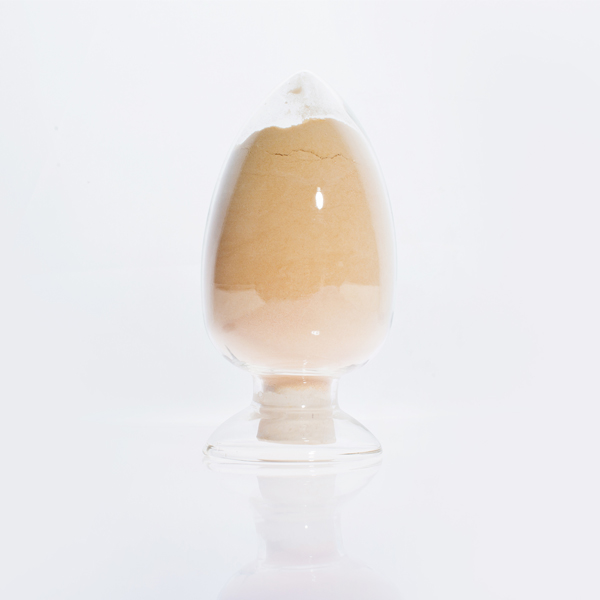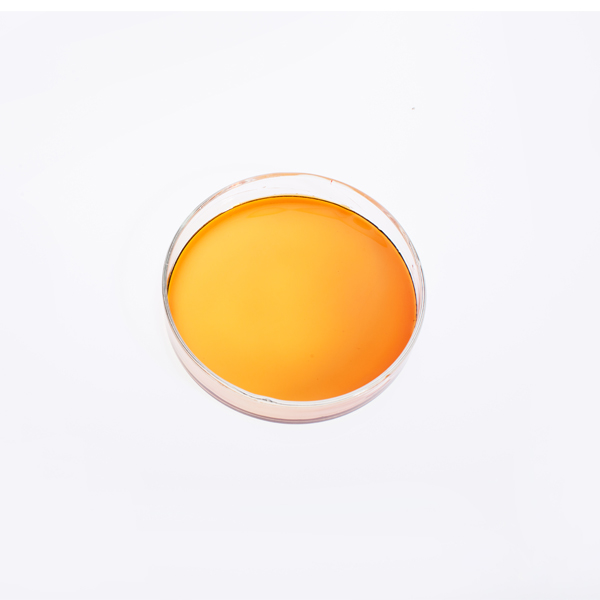Nyheder
-

Understanding Polyaspartic Acid: A Versatile Polymer
Polyaspartic acid, a derivative of aspartic acid, is gaining significant attention in various fields due to its unique properties and versatility.Læs mere -

Understanding OEM Polysuccinimide: A Versatile Polymer for Modern Applications
In the realm of advanced materials, OEM polysuccinimide has emerged as a noteworthy polymer, gaining traction across various industries due to its unique properties and versatility.Læs mere -

Proteins: The Polymers of Amino Acids
Proteins are fundamental macromolecules that play a crucial role in the biological processes of all living organisms.Læs mere -

Polyaspartic Acid Sodium Salt
Polyaspartic acid sodium salt is a versatile compound that has garnered significant attention in various fields, including materials science, pharmaceuticals, and environmental applications.Læs mere -

Iminodisuccinic Acid Sodium Salt: A Versatile Compound in Modern Applications
Iminodisuccinic acid sodium salt, often abbreviated as IDSA-Na, is a chelating agent that has garnered significant attention in various fields, including agriculture, pharmaceuticals, and environmental science.Læs mere -

The Role of Polyaspartic Acid Potassium Salt in Sustainable Agriculture
In the quest for sustainable agricultural practices, innovative solutions are becoming increasingly essential.Læs mere -

The Benefits of Using Polyaspartic Acid Potassium Salt in Cosmetics
In the world of skincare, innovative ingredients are constantly being explored to enhance product efficacy.Læs mere -

Innovations in Polymer Science: Polyaspartic Acid Potassium Salt in Coatings
The field of polymer science has seen remarkable innovations, particularly with the introduction of polyaspartic acid potassium salt.Læs mere -

Iminodisuccinic Acid: A Key Player in Water Treatment Solutions
Water treatment is an essential aspect of environmental management, particularly in addressing the increasing levels of pollution in our water sources.Læs mere -

How Polyaspartic Acid Potassium Salt Enhances Water Retention in Soil
In the realm of sustainable agriculture, effective water management is crucial for crop productivity.Læs mere

